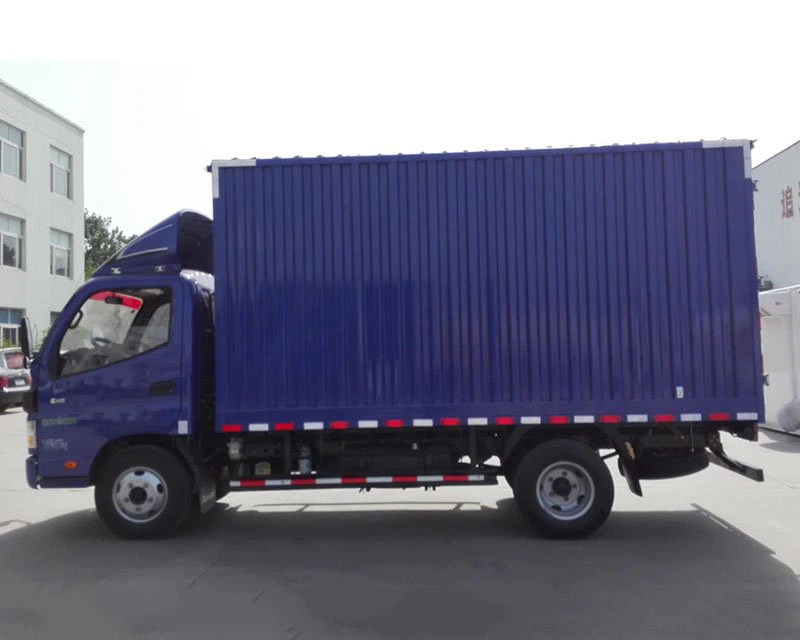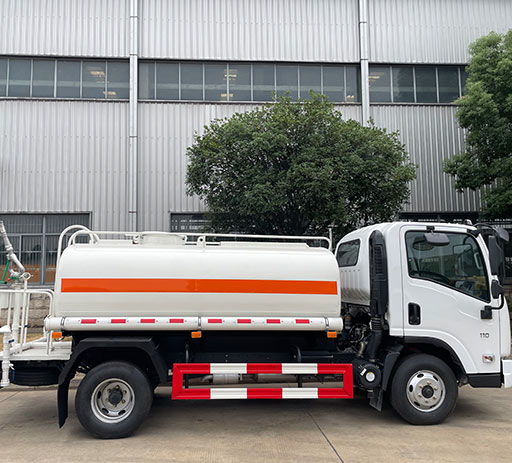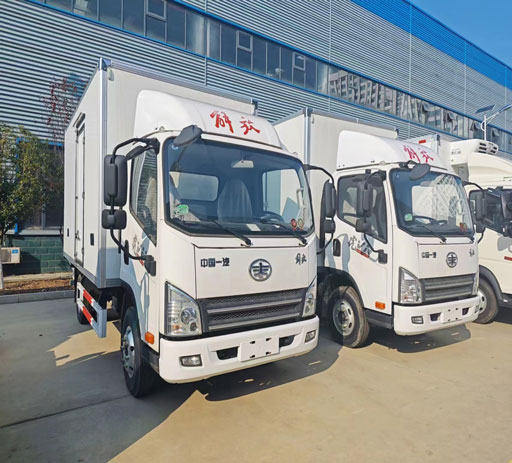Everything You Need to Know About Big Trash Trucks

In the modern world, waste management plays a crucial role in maintaining cleanliness and sustainability. Big trash trucks serve as a backbone of this industry, collecting waste from homes, businesses, and public places. This article delves into the specifics of big trash trucks, exploring their features, types, benefits, and the role they play in our communities.
Understanding Big Trash Trucks
What Are Big Trash Trucks?
Big trash trucks, also known as garbage trucks or refuse collection vehicles, are specialized vehicles designed for the collection and transport of waste materials. They come equipped with advanced features to facilitate efficient waste management, including compacting mechanisms for reducing the volume of waste and safety equipment for optimal operation.
The Importance of Waste Collection
Proper waste collection is pivotal for public health, environmental safety, and aesthetic appeal. Efficient collection helps minimize pollution, control pests, and ensure that communities remain clean and livable.
The Anatomy of a Big Trash Truck
Key Components
A big trash truck consists of several key components that work together to ensure efficient operation. These include:
- Chassis: This is the vehicle’s frame that supports all components.
- Compaction System: It compresses the waste to maximize space within the truck.
- Loader: Mechanisms for lifting and loading trash bins into the truck.
- Storage Compartment: The container where waste is stored until it’s offloaded.
- Hydraulic System: Provides the power needed for the compaction and lifting actions.
Types of Big Trash Trucks
There are several types of big trash trucks, each designed for different waste collection tasks:
- Rear-Loader Trucks: These trucks have a loading mechanism at the rear and are commonly used for residential waste collection.
- Front-Loader Trucks: Featuring a front-loading mechanism, these trucks are ideal for commercial waste management.
- Side-Loader Trucks: These are equipped with side-loading arms, allowing for quick collection while the driver remains in the cabin.
- Roll-Off Trucks: Designed for transporting large containers, often used at construction sites and major clean-up projects.
Comparing Different Types of Trash Trucks
| Type | Best Use | Advantages | Disadvantages |
|---|---|---|---|
| Rear-Loader | Residential Collection | Cost-effective, versatile | Less efficient in high-density areas |
| Front-Loader | Commercial Collection | Fast, efficient for large volumes | Requires two operators |
| Side-Loader | Mixed Residential/Commercial | Safe, efficient collection without leaving the cab | Limited in narrow streets |
| Roll-Off | Construction/Waste Disposal | Large capacity | Requires space for container storage |
Features of Modern Big Trash Trucks
Technological Advances

Today’s big trash trucks come equipped with cutting-edge technology for improved efficiency and safety:
- GPS Tracking: Helps optimize routes and monitor fleet performance.
- Cameras and Sensors: Increase safety while collecting trash in urban areas.
- Automated Systems: Reduce the need for manual labor, leading to increased efficiency and safety.
- Telematics: Monitor vehicle health and performance, guiding maintenance schedules.
Environmental Considerations
Modern big trash trucks are increasingly designed with environmental concerns in mind:
- Alternative Fuel Options: Many trucks are transitioning to natural gas or electric to reduce emissions.
- Recycling Programs: Some trucks are designed specifically for collecting recyclables to promote sustainable waste disposal.
The Role of Big Trash Trucks in Sustainable Waste Management
Promoting Recycling and Waste Reduction
Big trash trucks are essential in facilitating recycling initiatives. By providing separate collection for recyclables, they help communities reduce the amount of waste sent to landfills. This not only conserves resources but also minimizes environmental impact.
Community Impact
Effective waste management through the use of big trash trucks fosters a cleaner, safer environment. This encourages community pride and supports public health initiatives by preventing waste buildup.
Challenges Faced by Big Trash Trucks
Operational Challenges
Despite their importance, big trash trucks face several challenges:
- Traffic Congestion: Navigating through busy streets can lead to inefficiencies.
- Weather Conditions: Rain, snow, and ice can complicate collection schedules.
- Waste Volume Fluctuations: Changes in waste generation patterns can affect operational efficiency.
Safety Concerns
Safety is a significant concern for operators of big trash trucks. High visibility and avoiding blind spots are crucial to prevent accidents, particularly in densely populated areas.
Best Practices for Operating Big Trash Trucks
Safety Protocols
Ensuring the safety of both workers and the public is paramount:
- Conduct regular training for operators on safe driving and operational procedures.
- Implement daily inspections to ensure all systems are functioning correctly.
- Utilize safety gear, such as high-visibility clothing, to protect workers.
Maintenance Tips
Regular maintenance is essential for the longevity of big trash trucks:
- Schedule frequent inspections of hydraulic and mechanical systems.
- Keep tires properly inflated and rotated to ensure fuel efficiency.
- Use quality lubricants and fuels to enhance vehicle performance.
Future of Big Trash Trucks
Trends to Watch
The waste management industry is evolving, and big trash trucks are at the forefront of this change:
- Electric Vehicles: The transition to electric-powered trucks is increasing, driven by environmental regulations.
- Smart Technology: Integration with smart city systems for better waste tracking and reporting.
- Data Analytics: Enhanced data analytics are being utilized to optimize routes and improve service quality.
Adapting to Change

The ability to adapt to technological advancements and environmental regulations will define the future of big trash trucks. Staying ahead of these trends will ensure that waste management remains efficient and effective.
Frequently Asked Questions (FAQ)
1. What is the typical lifespan of a big trash truck?
The lifespan of a big trash truck typically ranges from 10 to 15 years, depending on maintenance and the environment in which it operates.
2. How do big trash trucks handle hazardous waste?
Specialized big trash trucks are designed to collect and transport hazardous waste, ensuring compliance with safety and environmental regulations.
3. Are there electric models of big trash trucks?

Yes, electric big trash trucks are being developed and implemented in various cities to reduce emissions and improve sustainability.
4. How do waste management companies optimize their routes?
Waste management companies use GPS and telematics to analyze traffic patterns and optimize routes for efficiency and reduced fuel consumption.
5. Can big trash trucks collect recycling materials?
Yes, many big trash trucks are equipped to collect recycling materials, often using separate containers to avoid contamination.
6. What should I do if my trash is not collected on schedule?
If your trash is not collected as scheduled, contact your local waste management authority to report the issue and seek guidance on rescheduling.
